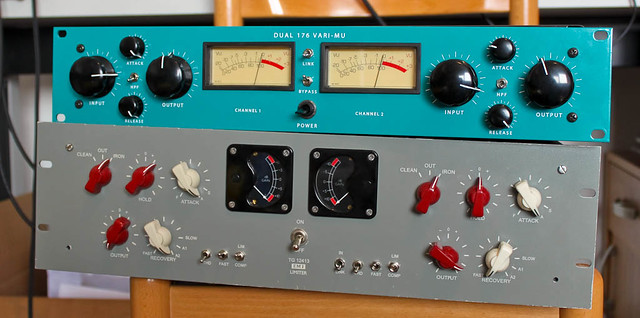I'm gradually acquiring parts for the Vari-mu, for use with the AC Sound pcb set.
This will be my first construction involving tubes, and I note that a 6bc8 is specified for this project.
Can I get some ideas of preferred tube brands and alternative types, which are suitable for the project, as well as reputable places to buy from?
Basically I have little idea what to look out for, so any help is appreciated.
Cheers, Paul H
This will be my first construction involving tubes, and I note that a 6bc8 is specified for this project.
Can I get some ideas of preferred tube brands and alternative types, which are suitable for the project, as well as reputable places to buy from?
Basically I have little idea what to look out for, so any help is appreciated.
Cheers, Paul H




![Soldering Iron Kit, 120W LED Digital Advanced Solder Iron Soldering Gun kit, 110V Welding Tools, Smart Temperature Control [356℉-932℉], Extra 5pcs Tips, Auto Sleep, Temp Calibration, Orange](https://m.media-amazon.com/images/I/51sFKu9SdeL._SL500_.jpg)




























